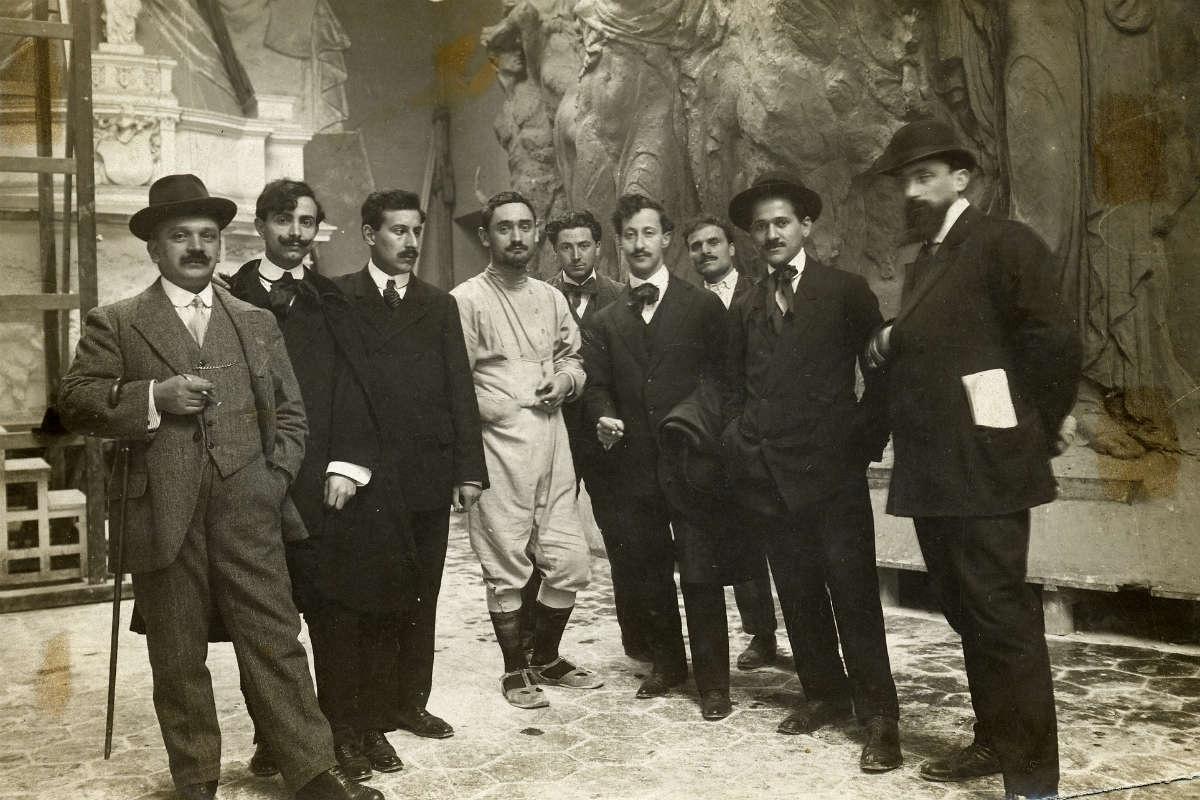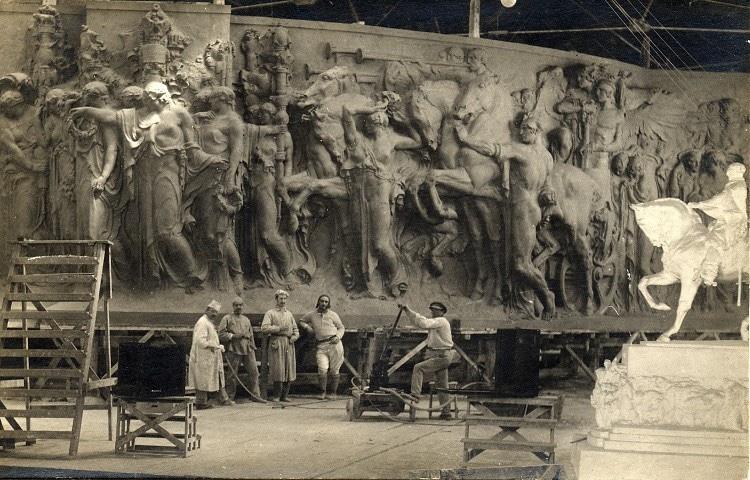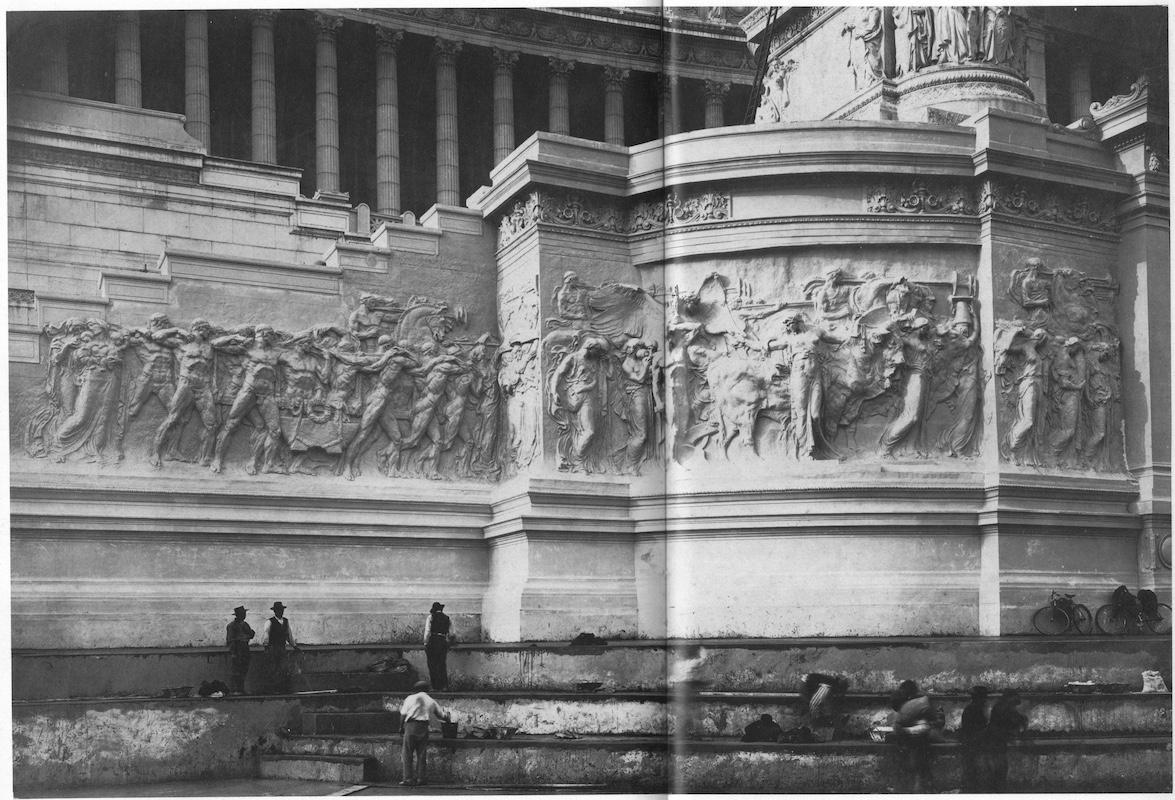The sculptor Angelo Zanelli (1879-1942) was one of the most important and influential figures in Italian Symbolism. Classically trained, his style tended towards Italian Liberty and Surrealism, skilfully coupling knowledge of the Ancient World with more contemporary trends such as the teachings of the Vienna Secession and Klimt.
Originally from the province of Brescia, he attended the Accademia di Belle Arti in Florence and in 1903 moved to Rome with a scholarship, deciding to settle permanently in the city. Already known for his monument to the minister Giuseppe Zanardelli, produced for the Lungolago di Salò in 1906, Zanelli had just turned 30 when he entered the competition for the sculptural decoration of the Altar of the Fatherland with a project encapsulating the nation’s fundamental values in the form of the ancient triumphs of Roman times but reworked via Symbolism – The love of country that fights and wins and Work that builds and fecundates. He won the competition 1911, beating Arturo Dazzi and his verist-historical offering.
The expressive force of the allegorical frieze and the iconic impact of the Zanelli’s Goddess Rome immediately and strongly resonated among contemporaries, leaving a firm imprint on the artistic scenario of the times and contributing to the creation of the symbology of a united Italy.













